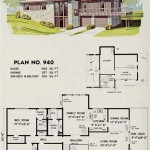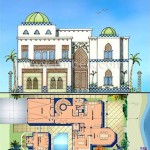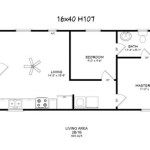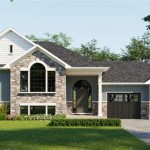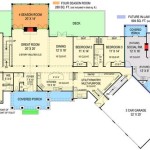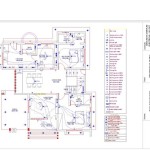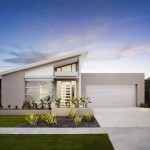Essential Aspects of Design Basic House Plans
When designing the basic plans for your dream home, several crucial aspects need to be considered to ensure functionality, aesthetics, and a comfortable living environment. Understanding these elements will empower you to create a well-thought-out and practical layout that meets your specific requirements.
1. Determine Your Needs and Lifestyle
Before embarking on the design process, take time to introspect and define your needs and lifestyle. Consider the number of bedrooms and bathrooms required, the desired flow of space, and any specific features or amenities that enhance your daily routine or hobbies. This introspection will guide your design choices and ensure the house plans align with your unique preferences.
2. Site Analysis and Orientation
The location of your house on the property plays a significant role in its design. Factors such as sunlight exposure, prevailing wind patterns, and surrounding views should be carefully evaluated. Proper orientation can maximize natural light, reduce energy consumption, and create a connection between the indoor and outdoor spaces.
3. Space Planning and Flow
Create a floor plan that promotes efficient movement throughout the house. Consider the relationships between different rooms and how they will be used. Ensure seamless transitions between public and private areas, while maintaining privacy and minimizing noise transfer. Adequate circulation space is crucial for comfort and accessibility.
4. Kitchen Design
The kitchen is often the heart of the home. Design it to accommodate your cooking style and storage needs. Consider the placement of appliances, work surfaces, and storage units to create a functional and efficient workspace. Proper ventilation and natural lighting are also essential for a pleasant cooking experience.
5. Bathroom Layout
Bathrooms should be designed to provide privacy, comfort, and functionality. Plan for adequate space for fixtures, storage, and ventilation. Consider the needs of multiple users and incorporate elements that enhance accessibility and convenience, such as grab bars and accessible showers.
6. Exterior Features
The exterior of your house conveys its architectural style and sets the tone for the surrounding landscape. Choose materials and finishes that complement the environment and enhance the overall aesthetic appeal. Consider the roofline, window placement, and outdoor living spaces to create a cohesive and visually pleasing exterior.
7. Energy Efficiency and Sustainability
Incorporating energy-efficient features into your house plans can significantly reduce operating costs and minimize environmental impact. Consider insulation, energy-efficient appliances, solar panels, and water-saving fixtures to create a sustainable and comfortable living environment.
Conclusion
Designing basic house plans is a complex process that requires careful consideration of multiple factors. By addressing the essential aspects outlined above, you can create a well-planned home that meets your needs, enhances your lifestyle, and stands as a testament to your unique taste and aspirations.

House Plans How To Design Your Home Plan

Low Budget Simple House Design Plans For Builders Blog Builderhouseplans Com

House Plan Drawing Samples 2d Drawings

Small House Plan Ideas For Diffe Area To See More Read It Floor Plans Kitchen

House Plans Home Floor Architecturalhouseplans Com

Modern House Design 2024006 Second Floor Plan Two Y Plans

Floor Plan Creator And Designer Free Easy App

House Plans How To Design Your Home Plan

Low Budget Simple House Design Plans For Builders Blog Builderhouseplans Com

House Plan 94300 Quality Plans From Ahmann Design


